Futaba Industry's Ishikari Plant, located in Hokkaido, is engaged in the anticorrosion processing of steel products through hot dip galvanizing*1. The company's strength lies in the plating of large products using one of Hokkaido's largest plating tanks. The company boasts numerous construction achievements, including the observation deck of the Tokyo Sky Tree, tunnel buffer construction for the Hokkaido Shinkansen, and power transmission towers. However, the hot dip galvanizing process involves the use of hydrochloric acid, which can corrode the tanks and cause other problems. To address this, the company introduced Asahi Yusoki's "PP*2 Pit Rehabilitation," a resin-made tower tank product. We spoke with Mr. Katsumi Honma, Ishikari Plant Manager, about the role of Asahi Yukizai's products in this project. He mentioned, "The maintenance cost of the tanks has been drastically reduced."
*1 A technology that forms a zinc coating on the surface of steel by immersing the steel in molten zinc at high temperature.
*2 Polypropylene, known for its excellent chemical resistance, heat resistance, lightweight, etc. PP plates can be tailor-made according to the application.
PP plates can be custom-made according to the application
The hot dip galvanizing process includes acid and water rinsing as part of the pretreatment process for plating, requiring a hydrochloric acid tank and a water rinsing tank. These tanks are constructed with concrete exteriors and lined with acid-resistant materials on the inside, referred to as the "inner tank." The durability of the inner tank greatly depends on the material used. Low acid resistance can lead to cracking from acid corrosion, causing hydrochloric acid to seep into the concrete. Before adopting the PP pit, the use of FRP and corrosion-resistant steel materials was explored to mitigate such issues, though they also required maintenance.
Asahi Yukizai's PP pit rehabilitation was introduced as a solution to these challenges. The chemical and impact resistance of PP were appealing features, but the ability to customize the thickness of the PP plates, such as 25 mm or 30 mm, was particularly valued. Large tanks need to accommodate large products and therefore require durability. However, increasing the thickness of the inner tank reduces the capacity for products due to the fixed size of the outer concrete tank-a significant drawback. PP plates' durability suited the tank sizes, and the ability to optimize the thickness of the inner
tank was a compelling reason to trial the solution.
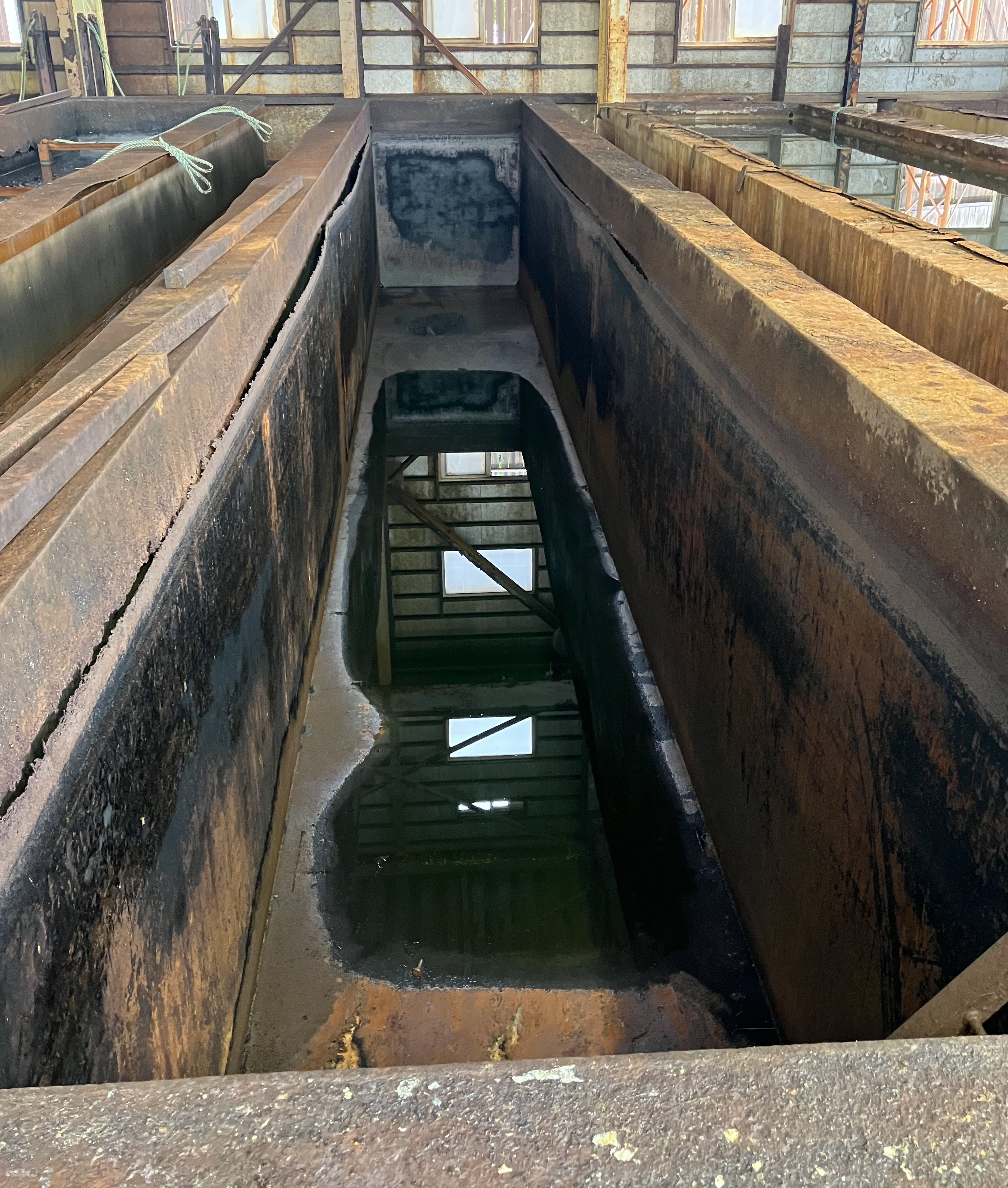
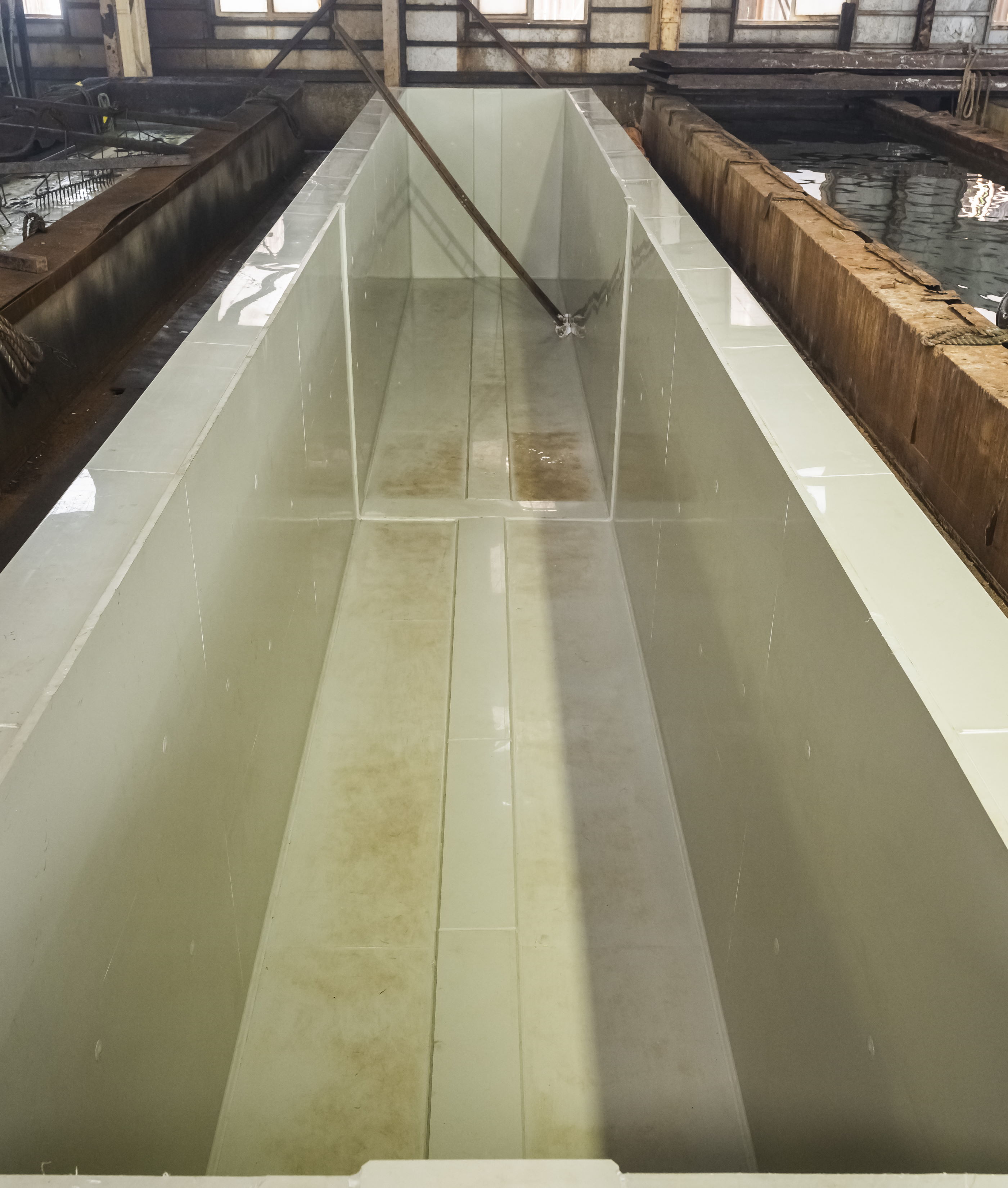 Before and after tank lining installation
Before and after tank lining installation
Another advantage of the best timing of installation
Asahi Yukikai proposed PP pit rehabilitation to us in 2015, and we installed it in our first flush tank in 2016. Initially, there were some problems with the structure, but they quickly refurbished it. After using it for the next six months, we found it to be perfect in terms of performance, and the following year we introduced PP pits in the hydrochloric acid tank; in 2023, we installed them in the newly constructed hydrochloric acid tank, and as of 2023, a total of four units, one water wash tank and three hydrochloric acid tanks, have been converted to PP pits. In addition, we plan to install them in two hydrochloric acid tanks by 2025.
One of the features of PP pit rehabilitation is the short time from order placement to completion of construction. In Hokkaido, construction work becomes difficult from fall through winter due to cold and snow. In addition, since August is our busy season, we cannot stop the plating process line to do the work. We then have to perform the work during the short period of time between May and July when the line is available. With the materials we used in the past, construction would start immediately after an order was placed, but the construction period was long, and sometimes it took six months from the time an order was placed to the time the necessary materials were available. On the other hand, the construction period for PP pit rehabilitation, in our case, is one week to 10 days. There is not much time between the order placement and the start of construction. Another advantage of PP pit rehabilitation is that production can start immediately after the installation is completed.
This is very helpful because we can perform the installation at the most convenient timing for our company, while keeping an eye on the operating conditions of the plant so as not to affect it as much as possible.
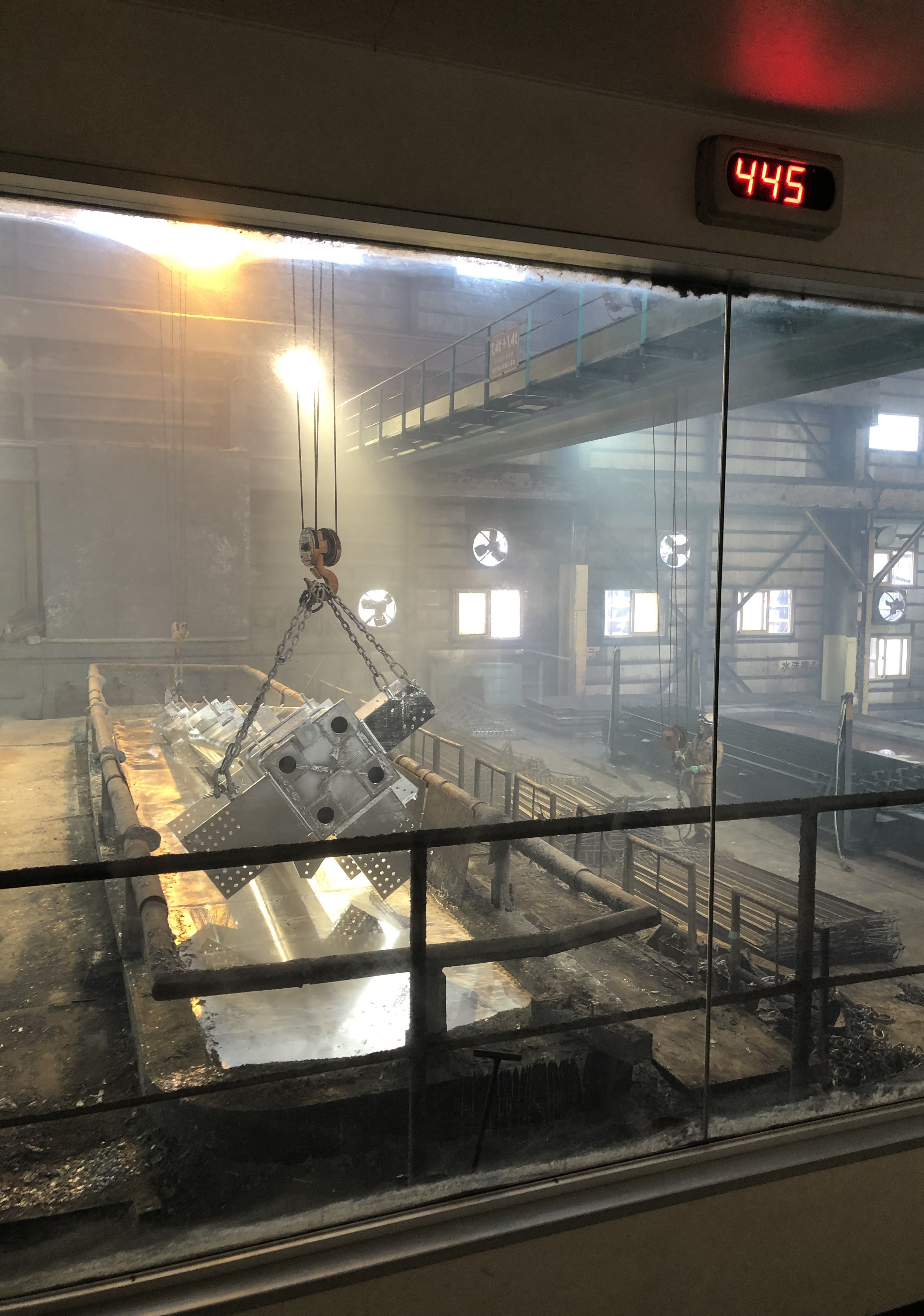 Observing the galvanizing process from the observation room
Observing the galvanizing process from the observation room
PP pit rehabilitation reduces maintenance costs
It has been more than 7 years since the PP pit rehabilitation of the first tank, but there have been no problems with the inner tank. In the past, the periodic maintenance to repair unexpected problems and to cope with age-related deterioration cost a considerable amount of money for upkeep. The PP pit, however, has greatly reduced that cost burden. On the rare occasions when large, heavy items hit the inner tank, trouble did occur, but the response was very quick. When we called Asahi Yukizai after a problem occurred, the person in charge came to our office on the same day. When the cracks were small, repairs were completed within four days of the occurrence. Repairing problems and routine maintenance are not only costly, but also affect sales because the plating line is stopped until the repairs are completed. Therefore, such a prompt support system is also very reassuring.
Also, with each successive installation, Asahi Yukizai made various suggestions for improving the tank structure and shortening the construction period, which shows their enthusiasm for doing a better job for our company. Not only the contact person, but also the people in charge of on-site work at the time of construction communicate with us as closely as our own employees, which allows us to feel confident in entrusting them with our work. I hope we can continue to improve each other and build a relationship that allows us to do even better work in the future.
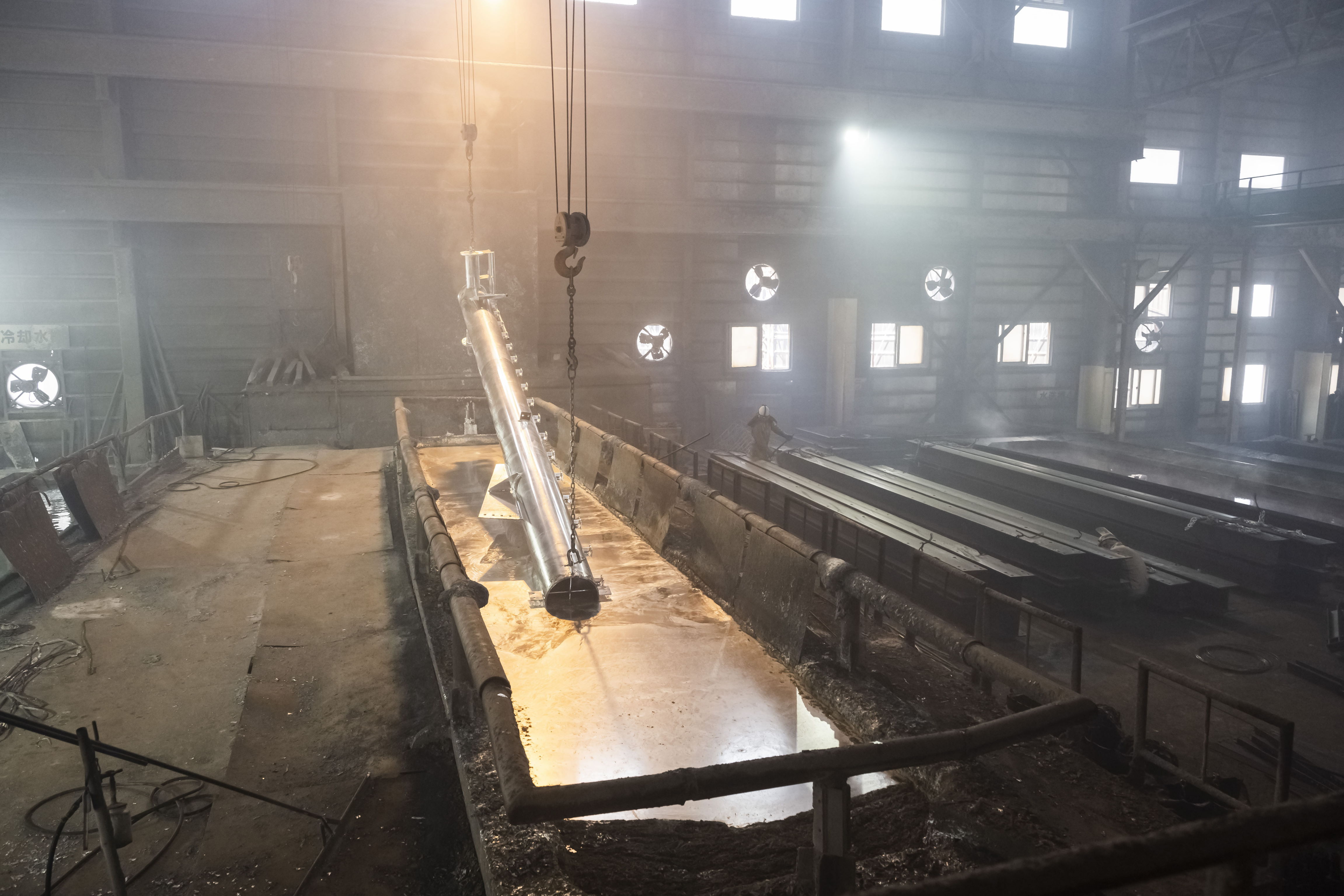
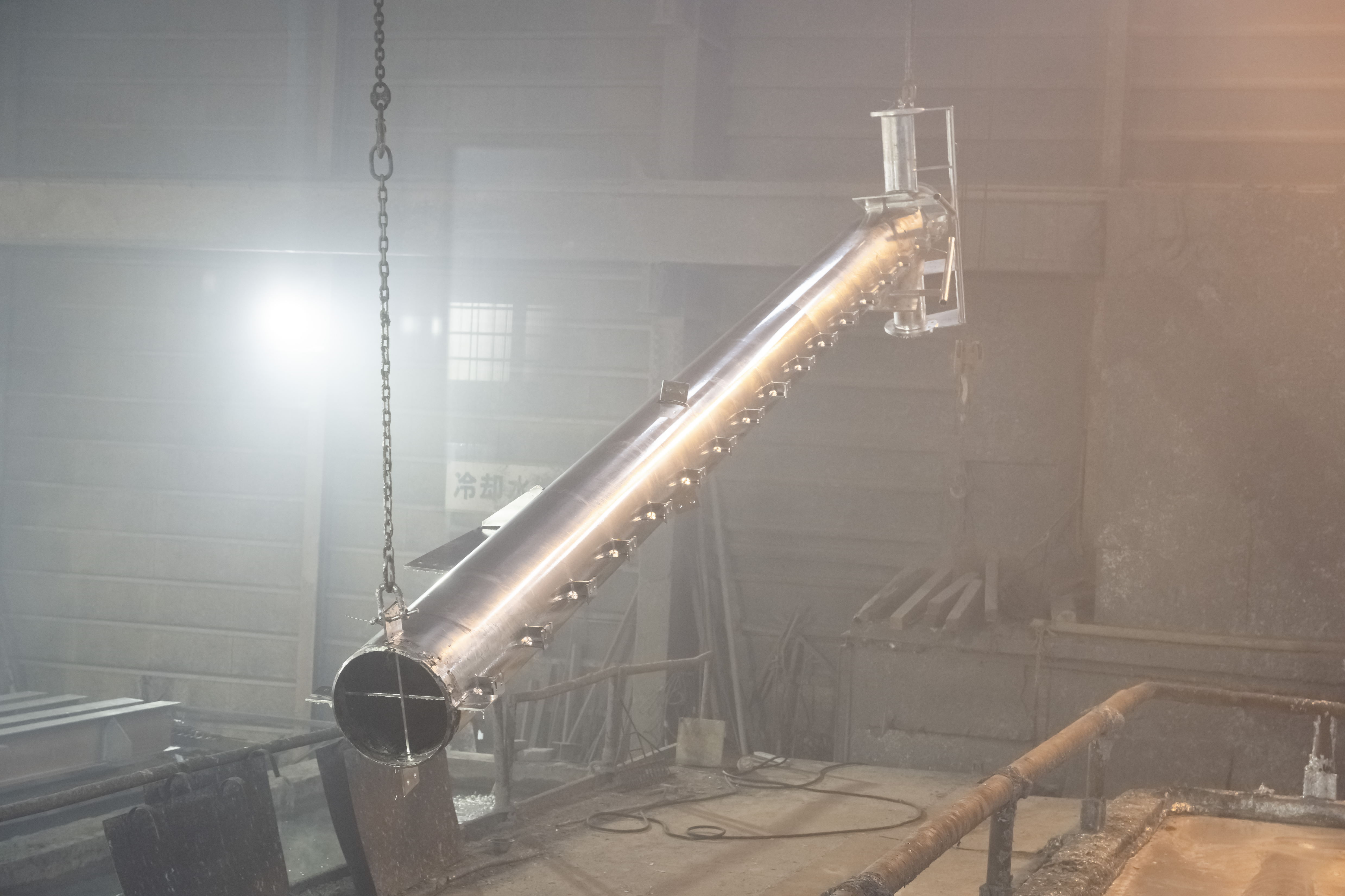 Final galvanizing process
Final galvanizing process
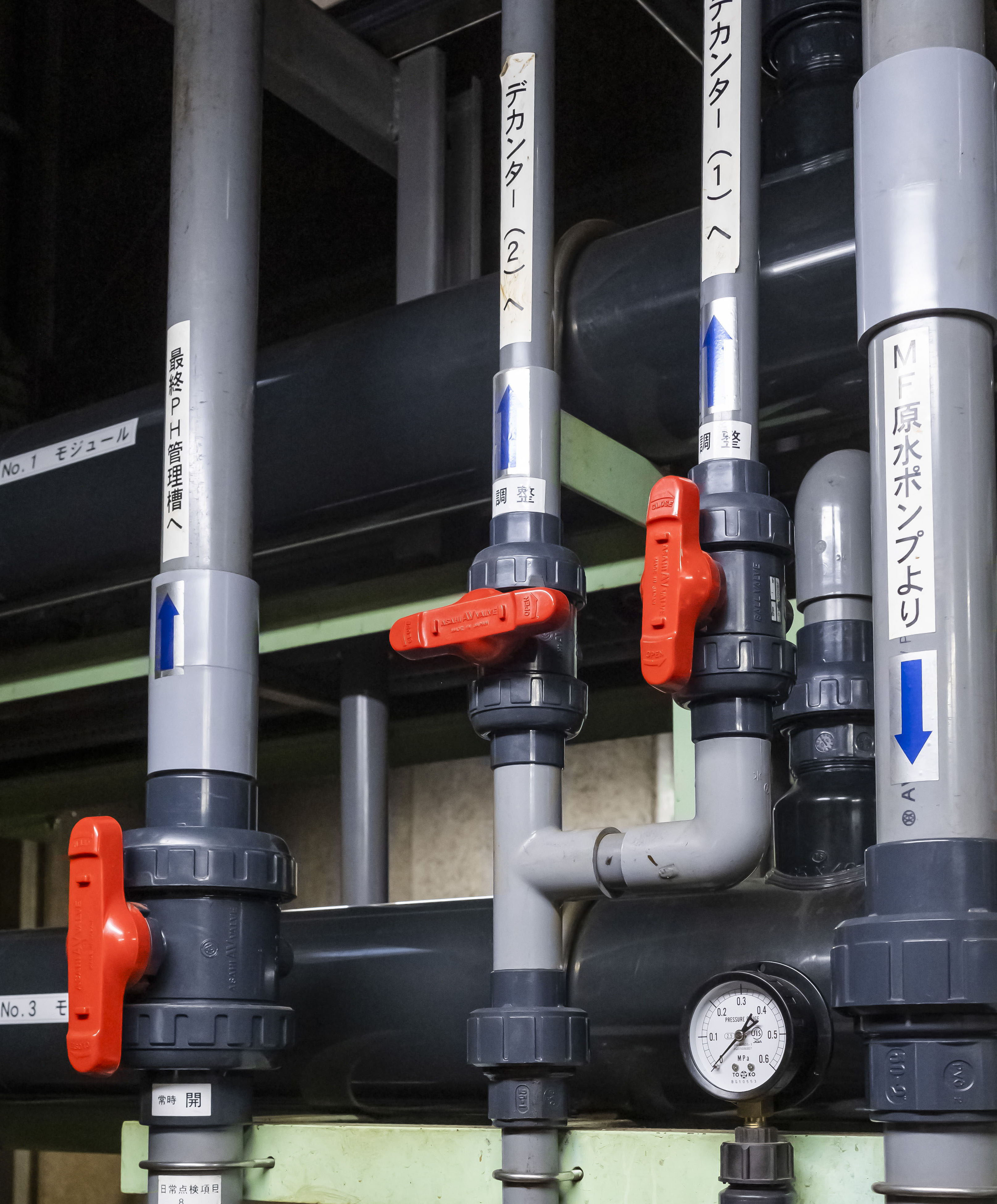 Our valves are used in the wastewater treatment facility
Our valves are used in the wastewater treatment facility